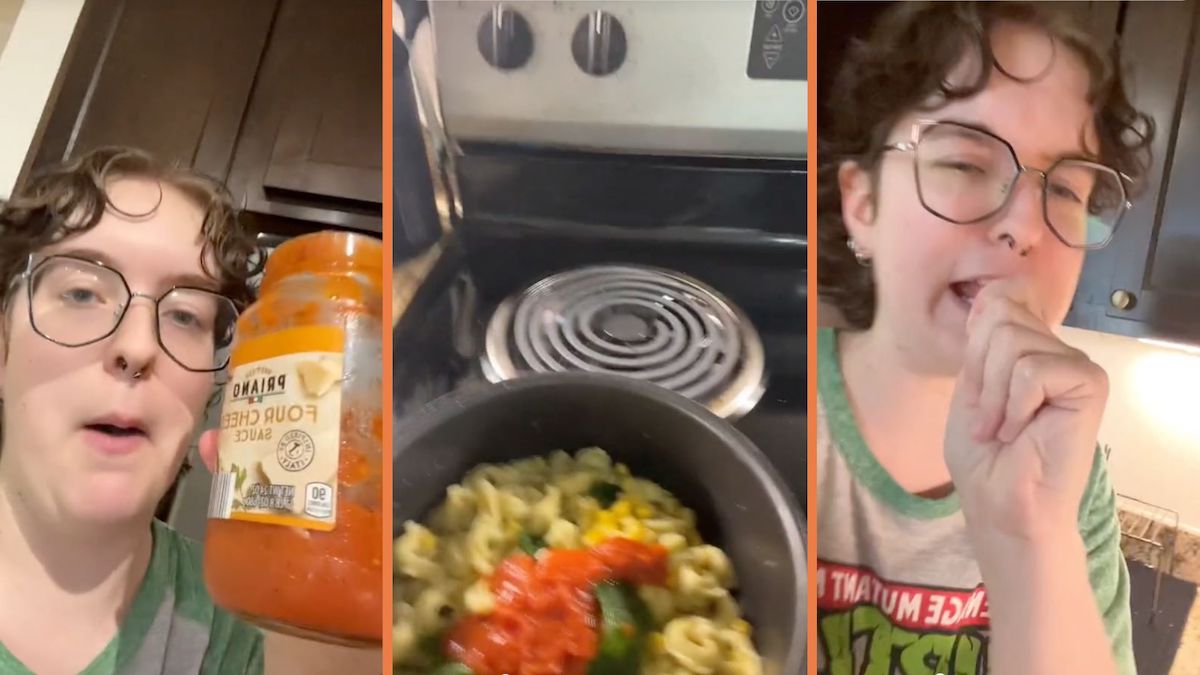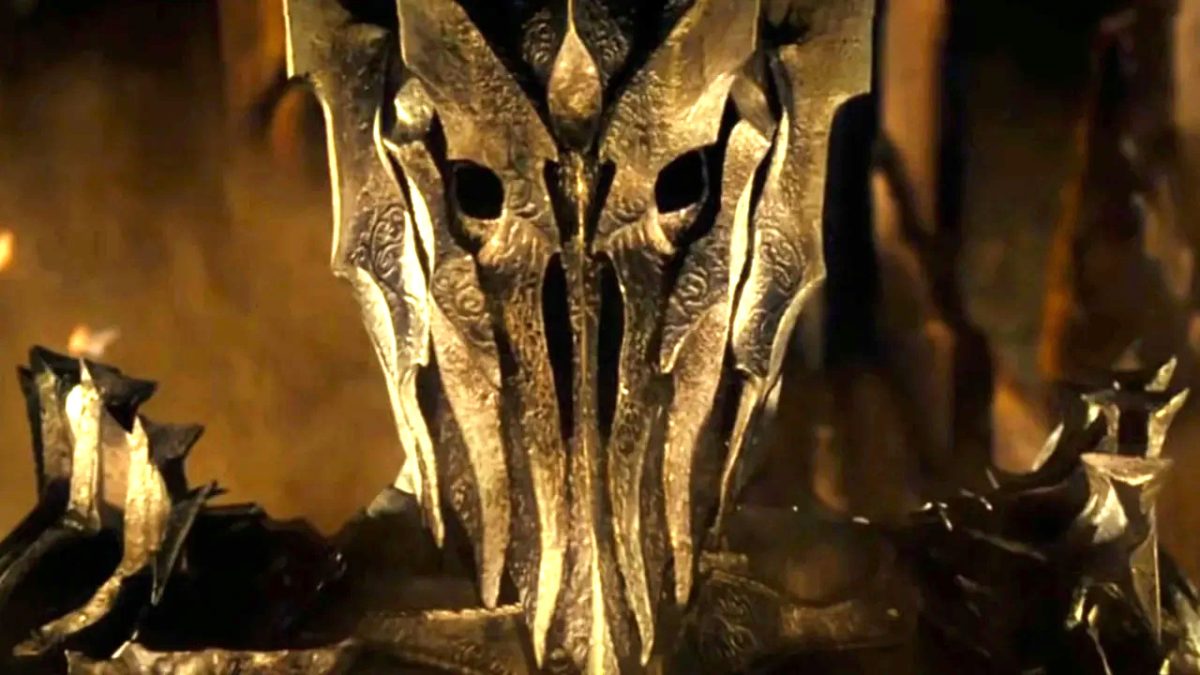
The Last of Us effectively sidesteps these issues by having the common sense to quickly establish its characters as the foundation of the story it is telling. Everything you need to know about Joel, the main player character, you learn within the game’s first 30 minutes, which take place in the modern day. When we’re then reintroduced to him in post-infection Boston, twenty years in the future, there’s no ambiguity or vagueness hiding behind the scruff and raccoon eyes, because we already have a clear grasp of Joel as a character. Learning about the past tragedy that came to define his worldview in the post-apocalypse isn’t held back as some kind of reward: it’s vitally important information to understanding who the character is, and why you should care about him.
Among The Last of Us’ most commendable features is that it’s brave enough to be boring – at least, boring according to the standards of the modern blockbuster. Stretches of the game will pass by with no combat or action sequences, leaving the player to explore the environments Naughty Dog has so painstakingly crafted, or catch a bit of incidental dialogue between the characters. It’s in moments like these, between the action and gunfire, that the atmosphere can breathe, and suspense is allowed to build, and those moments are something the average blockbuster fears intensely. The space between setpieces is, so the thinking goes, the point where fickle audience members might checkout.
The mistake being made is in forgetting that those quiet pockets exist to enhance audience investment in what’s going to happen next; without them, your brain quickly habituates to the increasing scale of the spectacle when the emotional stakes meant to pull you into the mounting drama aren’t there. Having the game start right guns-blazing in the middle of the initial outbreak in Austin might have given TLoU a fast-paced opener, but would also have set an inconsistent precedent for game’s real pace. Worse, it would have wasted the true purpose of the introduction, which is to seed the themes, tone, and character arcs that are going to be driving the rest of the story.
The first minutes of gameplay don’t have you controlling Joel, but instead his daughter, Sarah. The Last of Us uses its prologue to establish the weight of its apocalyptic main stage by first making you understand just how different the world, and its inhabitants were before the Cordyceps infection broke out, and civilization became overrun with fungal-zombies. It’s not enough that the game spends its introduction first establishing Joel and Sarah as regular human beings (the playful father-daughter relationship, with financial and familial worries on the fringes, casts a wide net to catch audience recognition with); what’s equally as important, is that what the world, and Joel become after the outbreak, are completely alien to what we’re first introduced to.
The opening Naughty Dog made for The Last of Us is a near-perfect example of how to launch a story, not just for the payoffs it sets up for the rest of the game, but for showing that doing so doesn’t have to be homework. Controlling Sarah after she’s awoken by an ominous phone call from her uncle, Tommy, the player is restricted to tiptoeing through the house in search of Joel, while allowing for interaction with a scant few objects, with ambient details like a newscast and police sirens letting you know that something horrible is going on just passed the wooden fences. When she does find Joel, he’s visibly panicked, the reason being clear when infected neighbor Jimmy bursts through the nearby door in frenzy, and Joel has to shoot him dead, despite repeated warnings.
99 games out of 100 would have used that sequence to tutorialize the game’s shooting mechanics, but for The Last of Us, it’s crucially important that the game’s first violent act not only makes the player feel powerless (a major theme of the gameplay), but also establishes the impact such violence has on the characters as we first meet them. Joel is not some preternatural badass, or an ex-military man; he’s a soccer dad, and having to take the life of someone, even to protect his daughter, scares the hell out of him. That need to protect Sarah then becomes the drive for the action through the remainder of the prologue; while trying to get the pair out of town in a truck, Tommy attempts to pull over and pickup a stranded family (including a child), but Joel orders his younger brother to ignore them. Rather than providing the player the chance to apply their own moral leanings to the scenario, the sequence takes Joel’s established goal, and begins to clarify what it is he’s willing to do to achieve it, deepening our understanding of him.
By refracting Joel’s choices through the viewpoint of Sarah, the game is able to both amplify the terror of the situation, while also distancing the player from Joel in key ways. The player and Joel are established as two separate entities: you can relate to him, you can empathize with him, but you are not him, and he is not you. For Joel to be a fully-realized character, it is not the player’s responsibility to determine his story; you are an observer, a guest who has been invited to share in the story Joel is a part of. The pain and loss that Joel faces is his to experience, and yours to interpret. He doesn’t exist as a vessel to contain our own feelings, and give them an outlet in the game’s world. His job, as a well-rounded character, is to act completely independent of the player’s wants, and only according to his own nature. Our job, then, is to observe, and process Joel’s actions, and then ask ourselves what they reveal about him as a character. It’s only then, when you know who the character is, that you care about what they are doing, and why they are doing it.
Continue reading on the next page…






